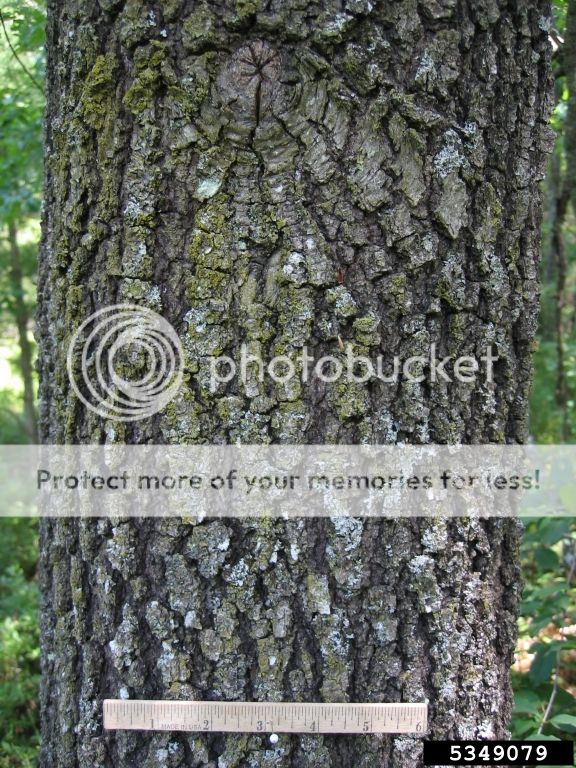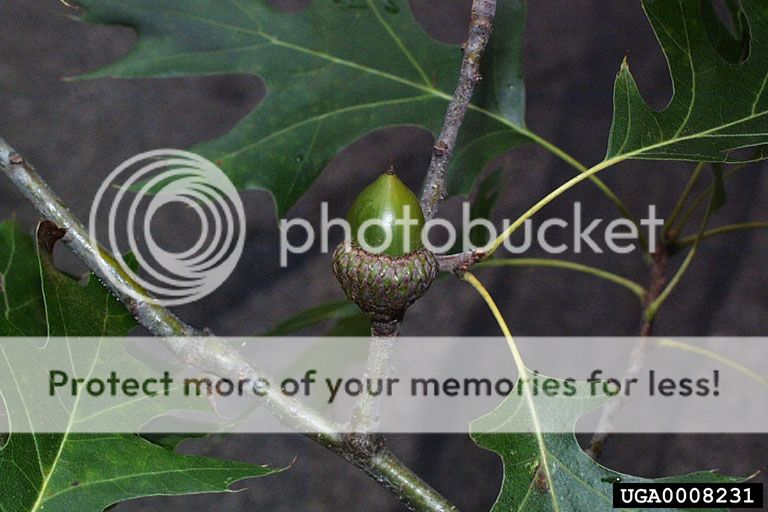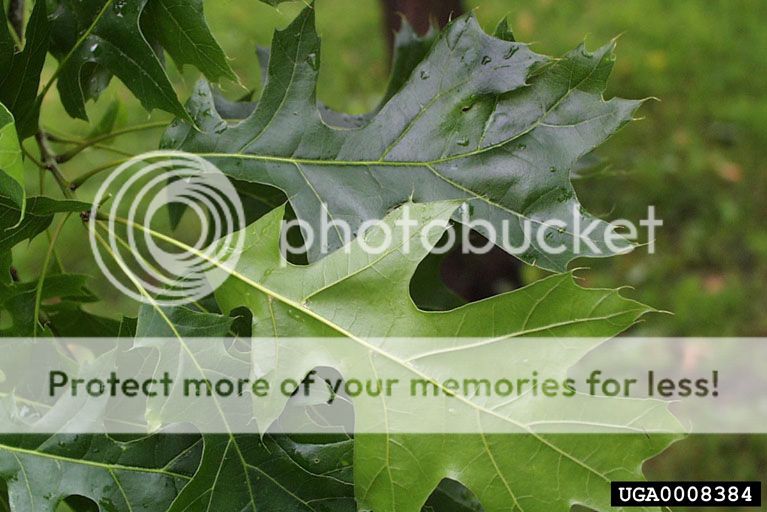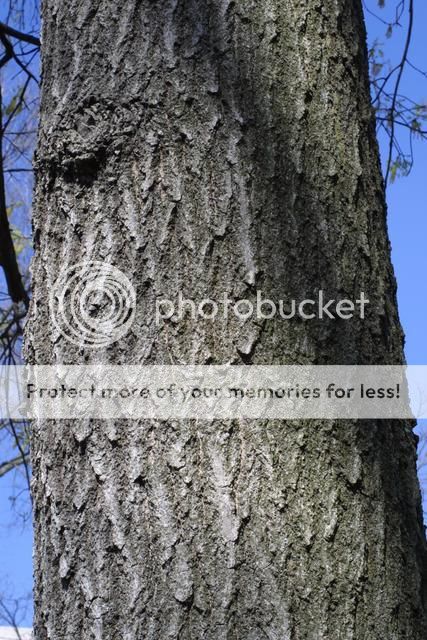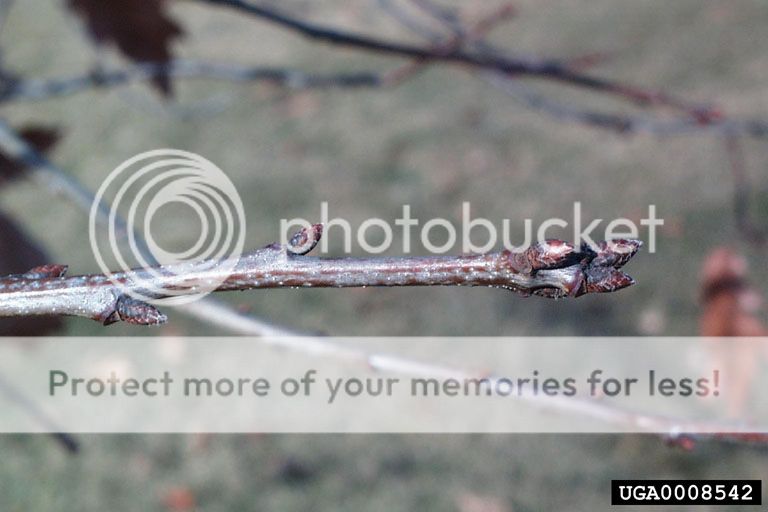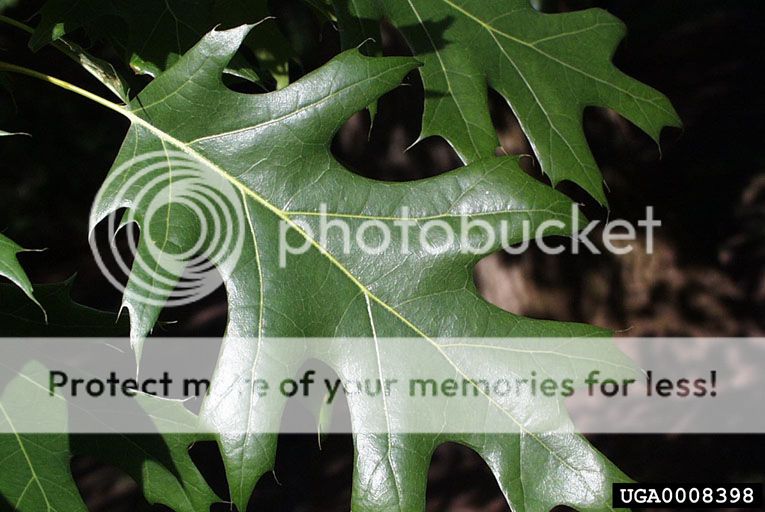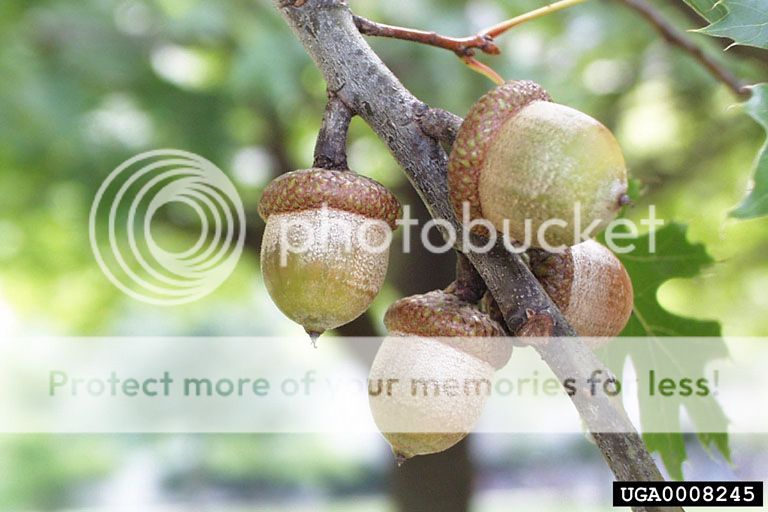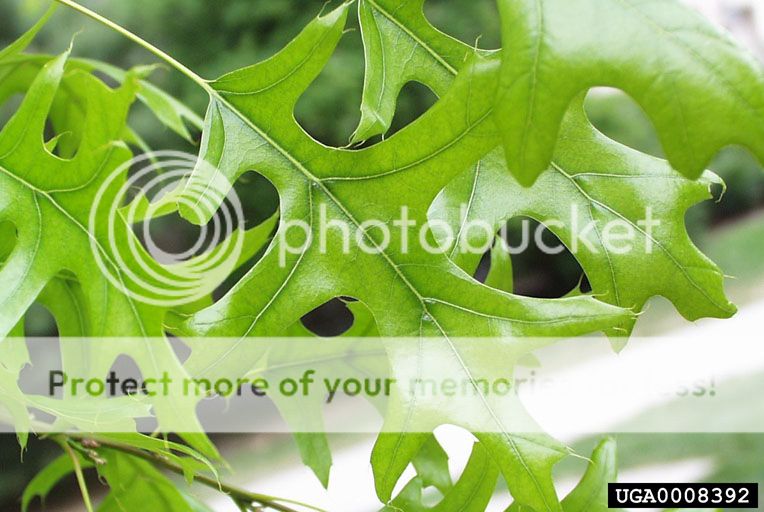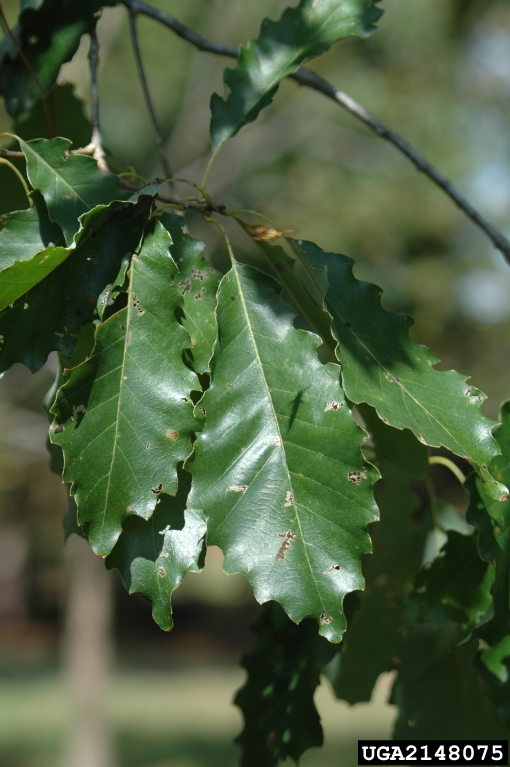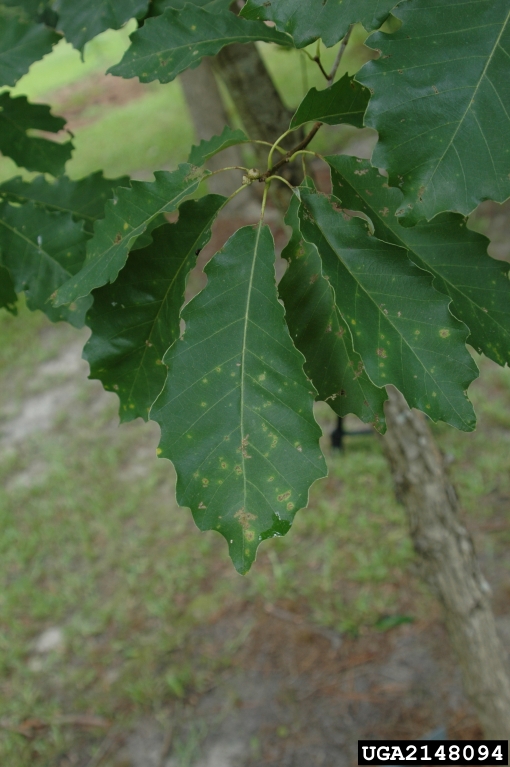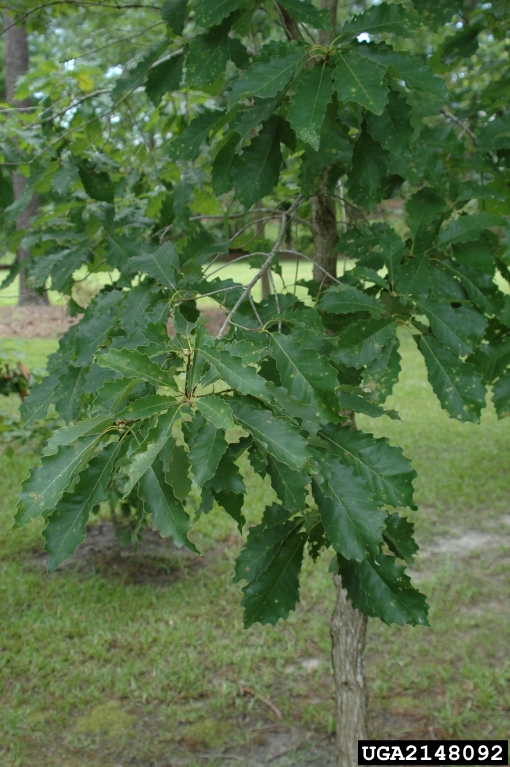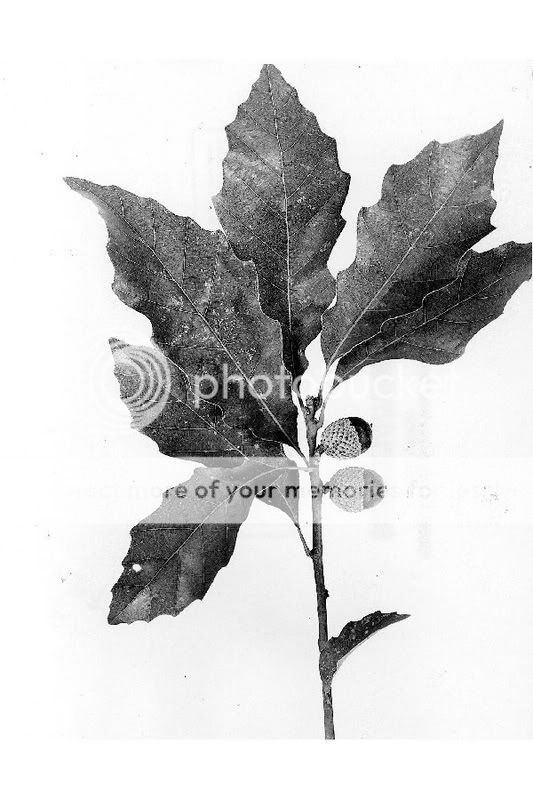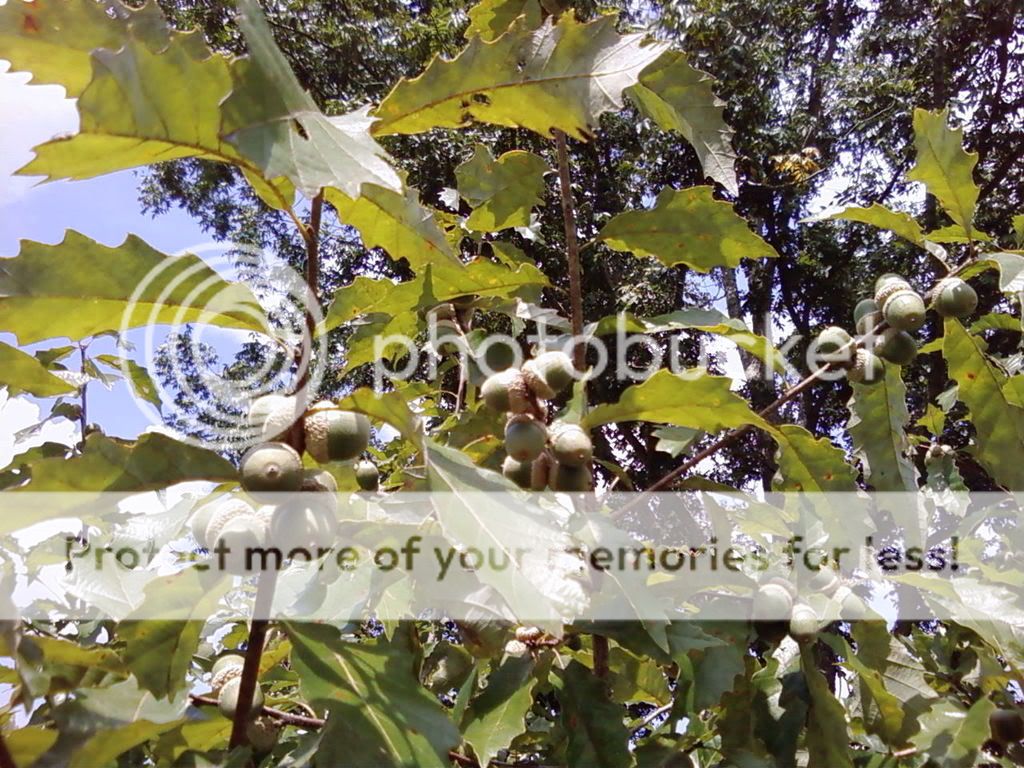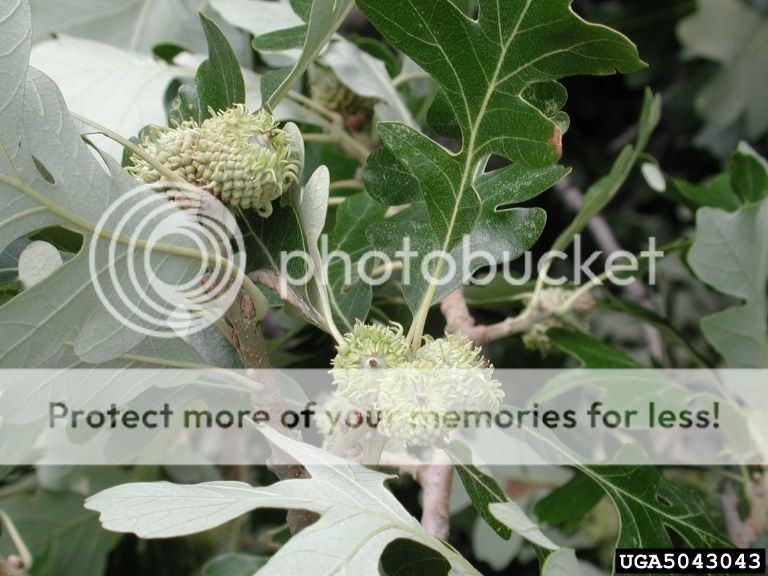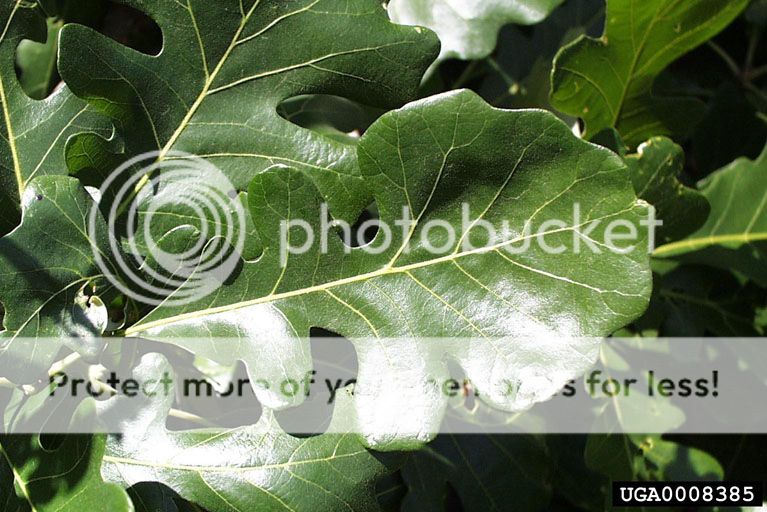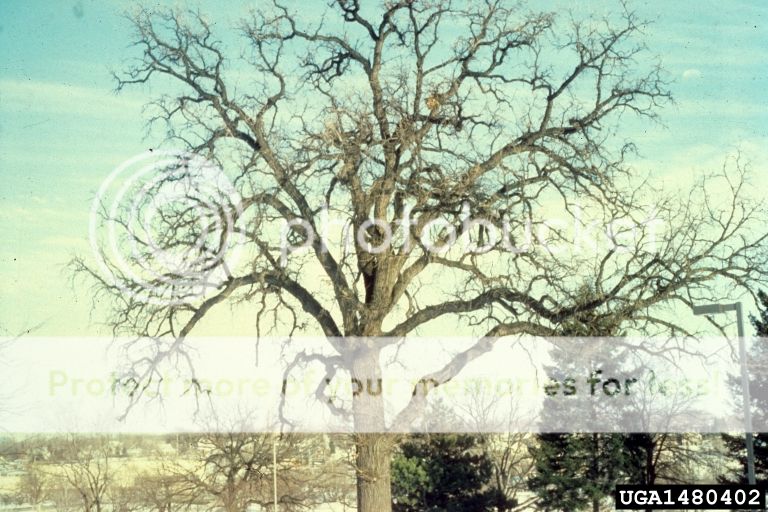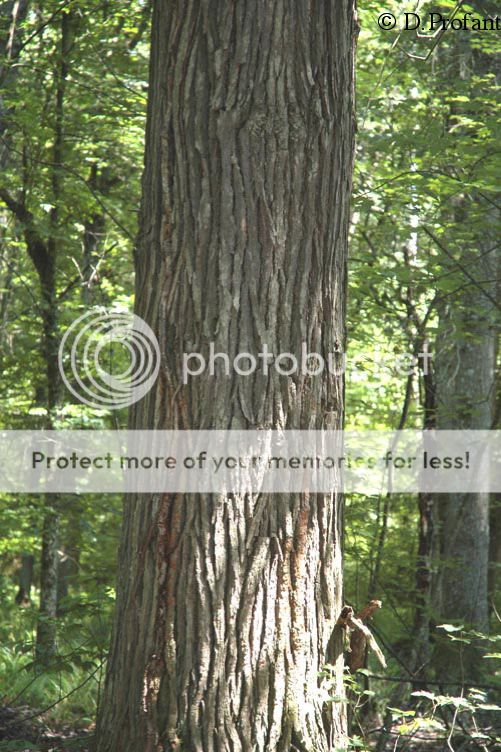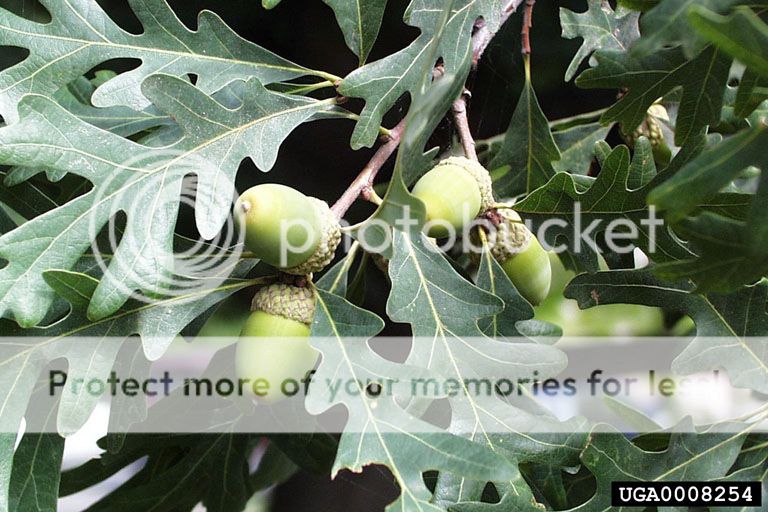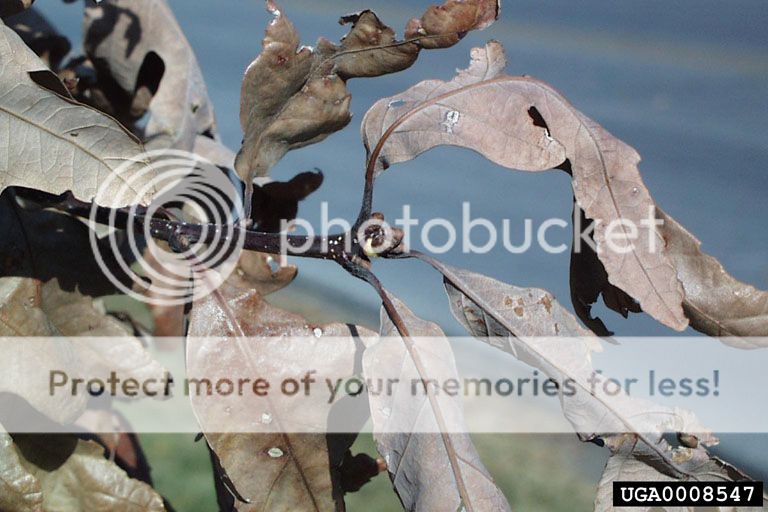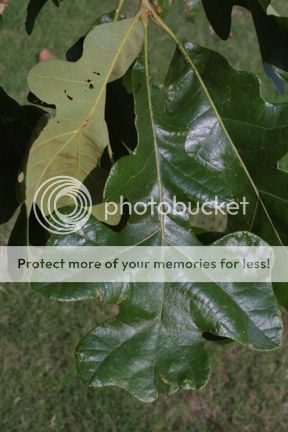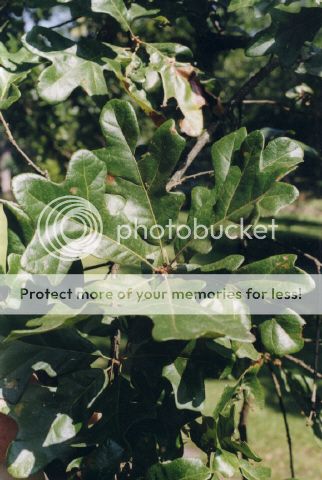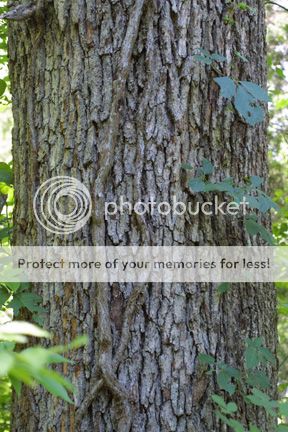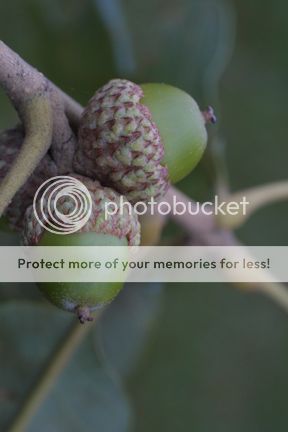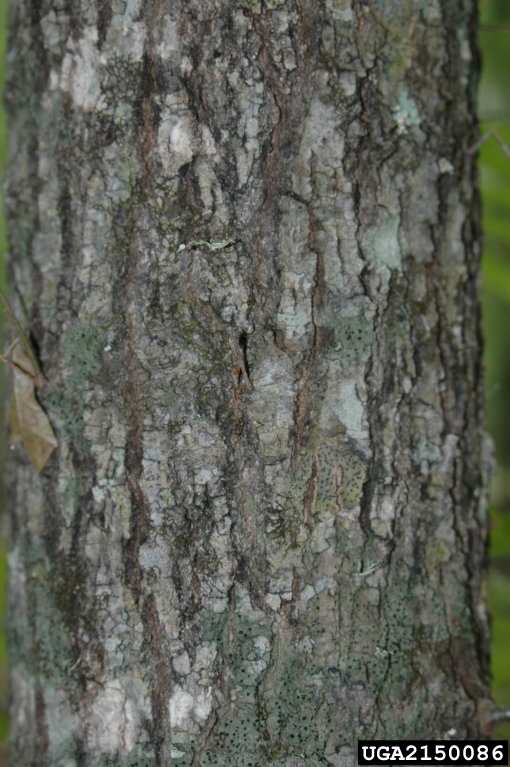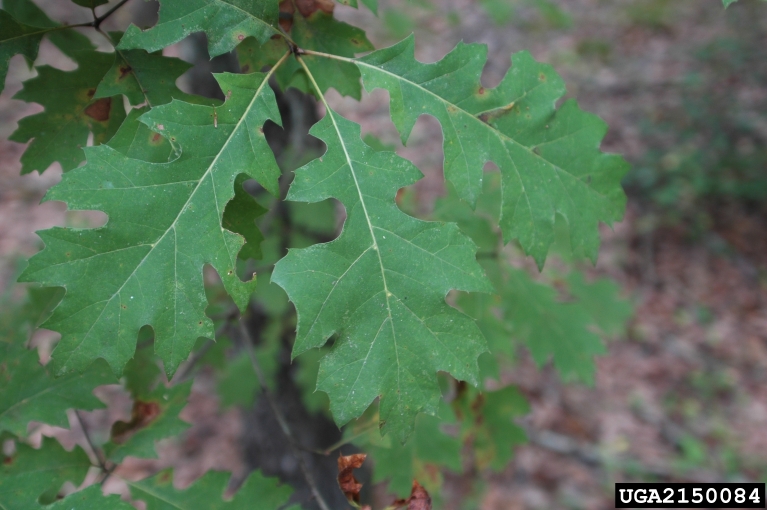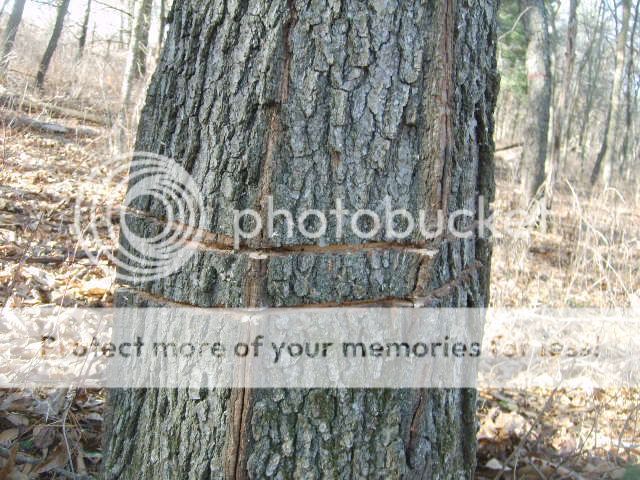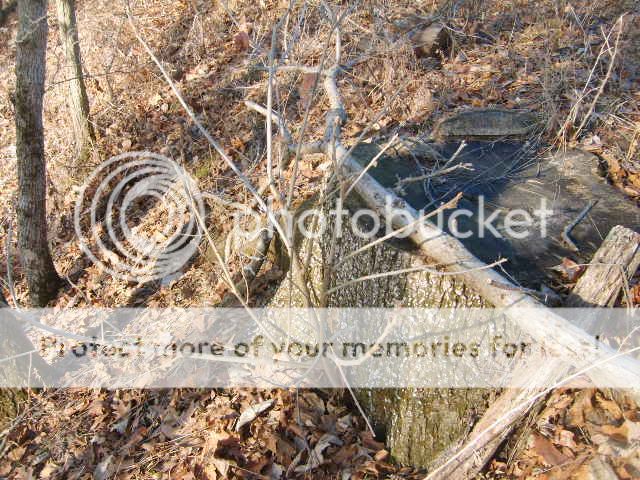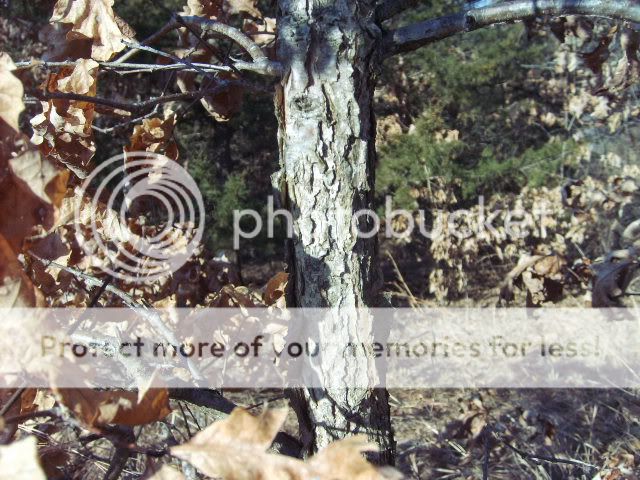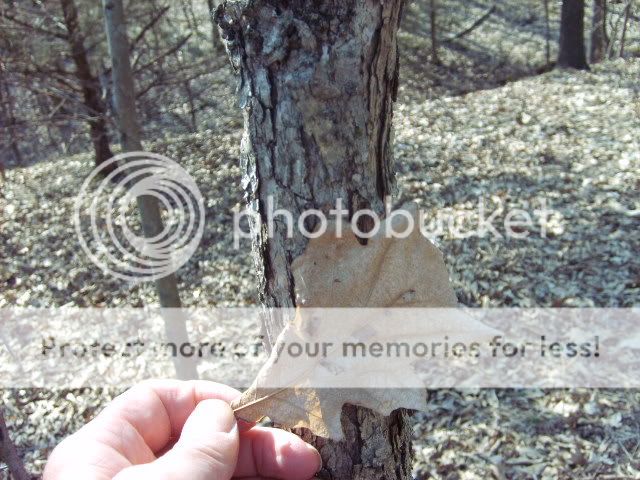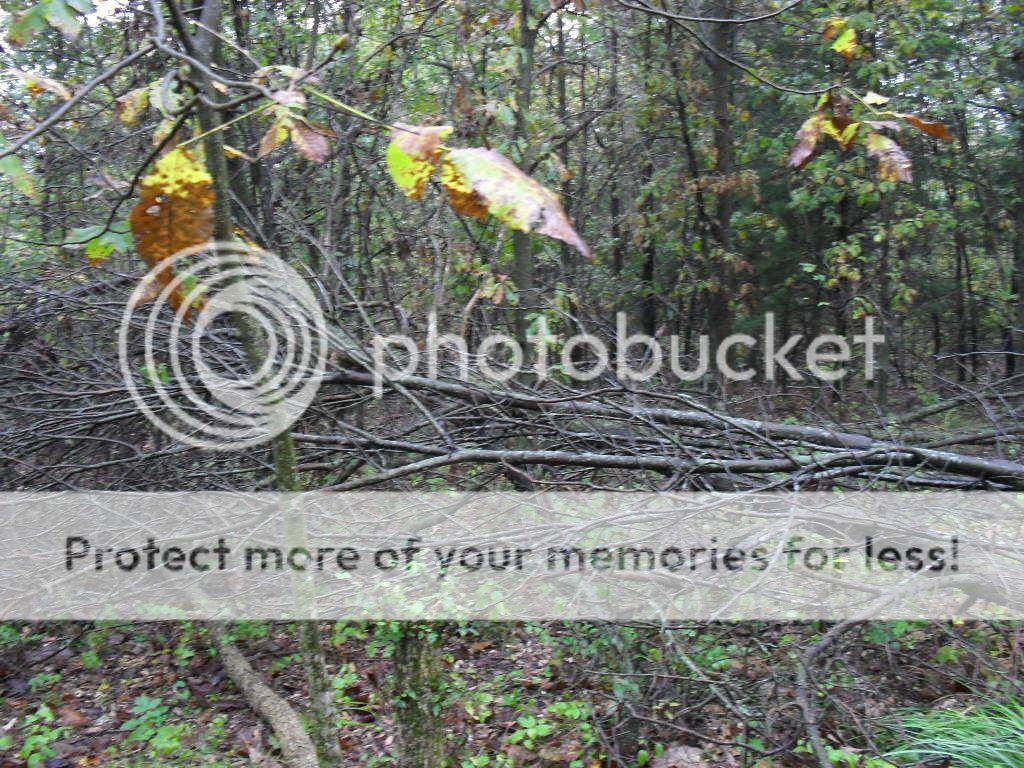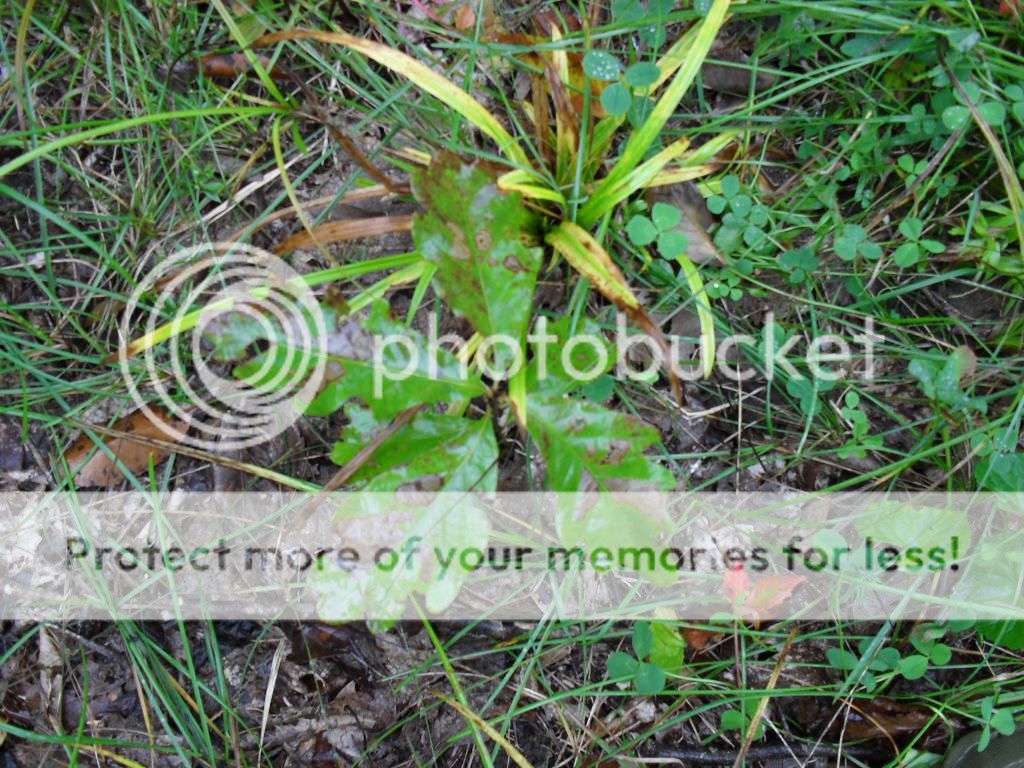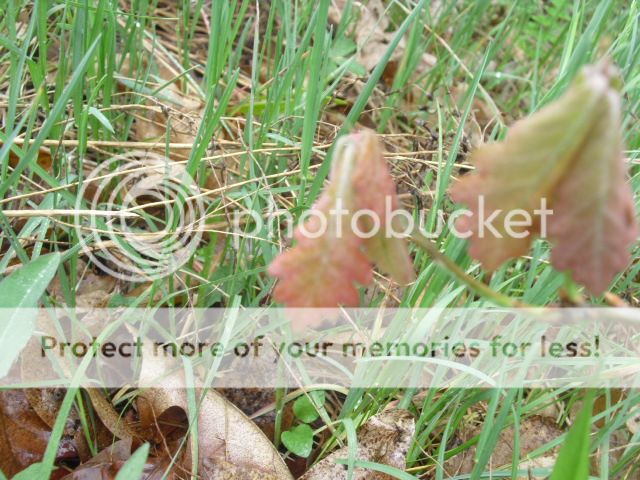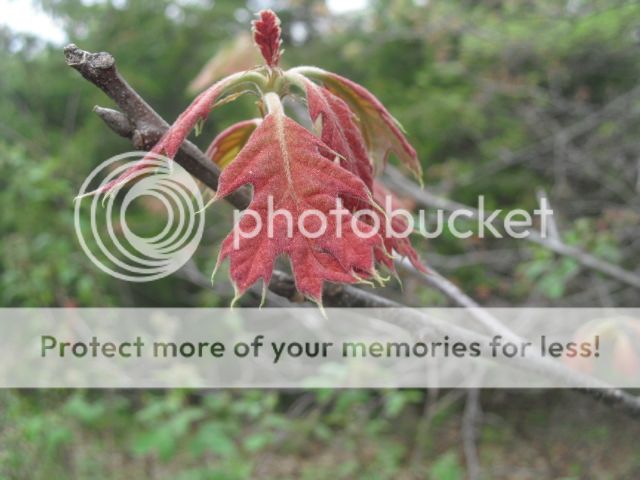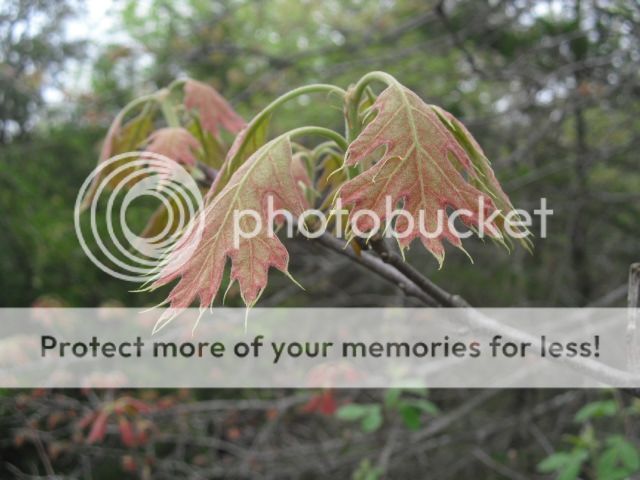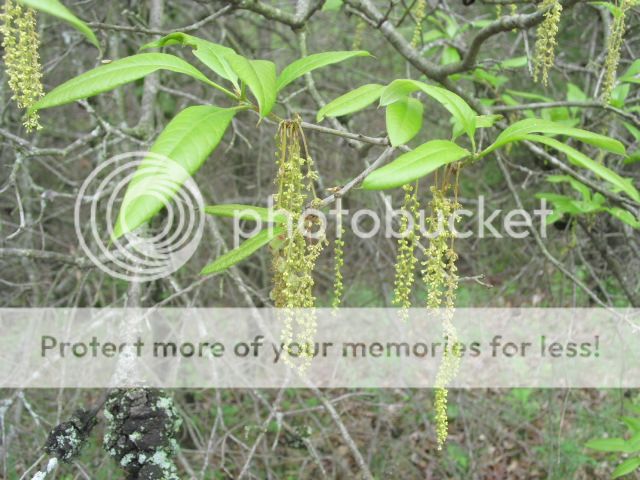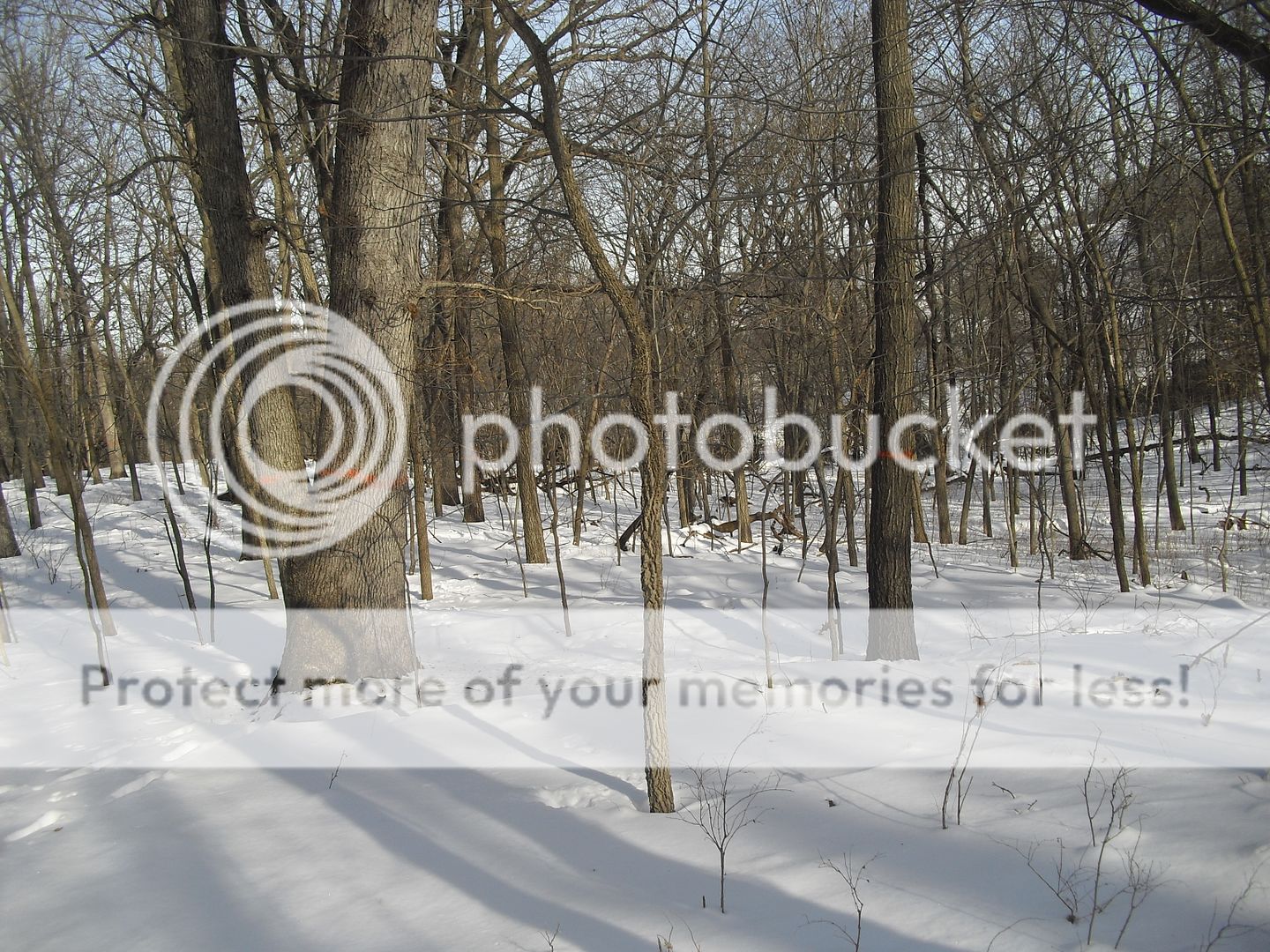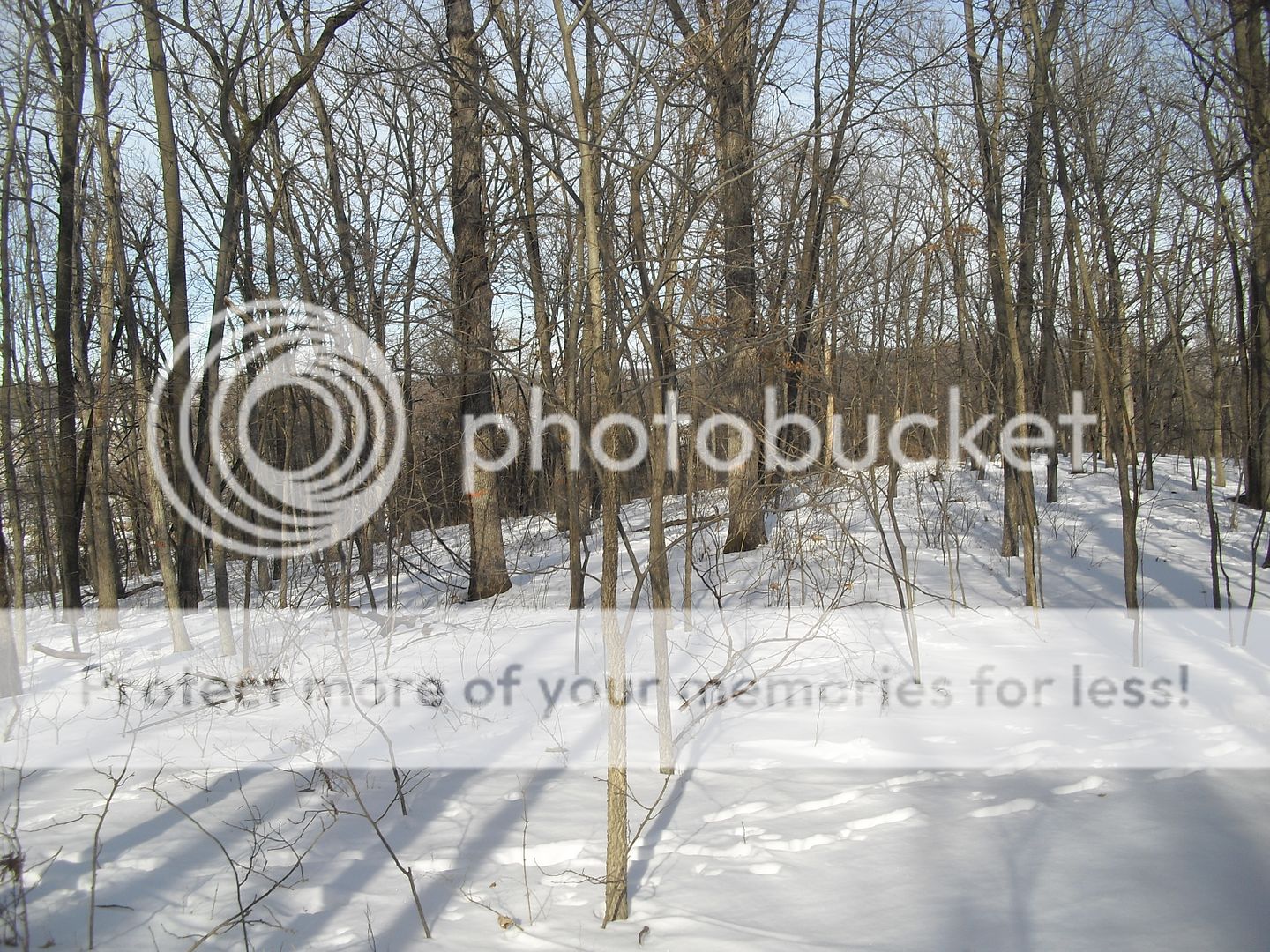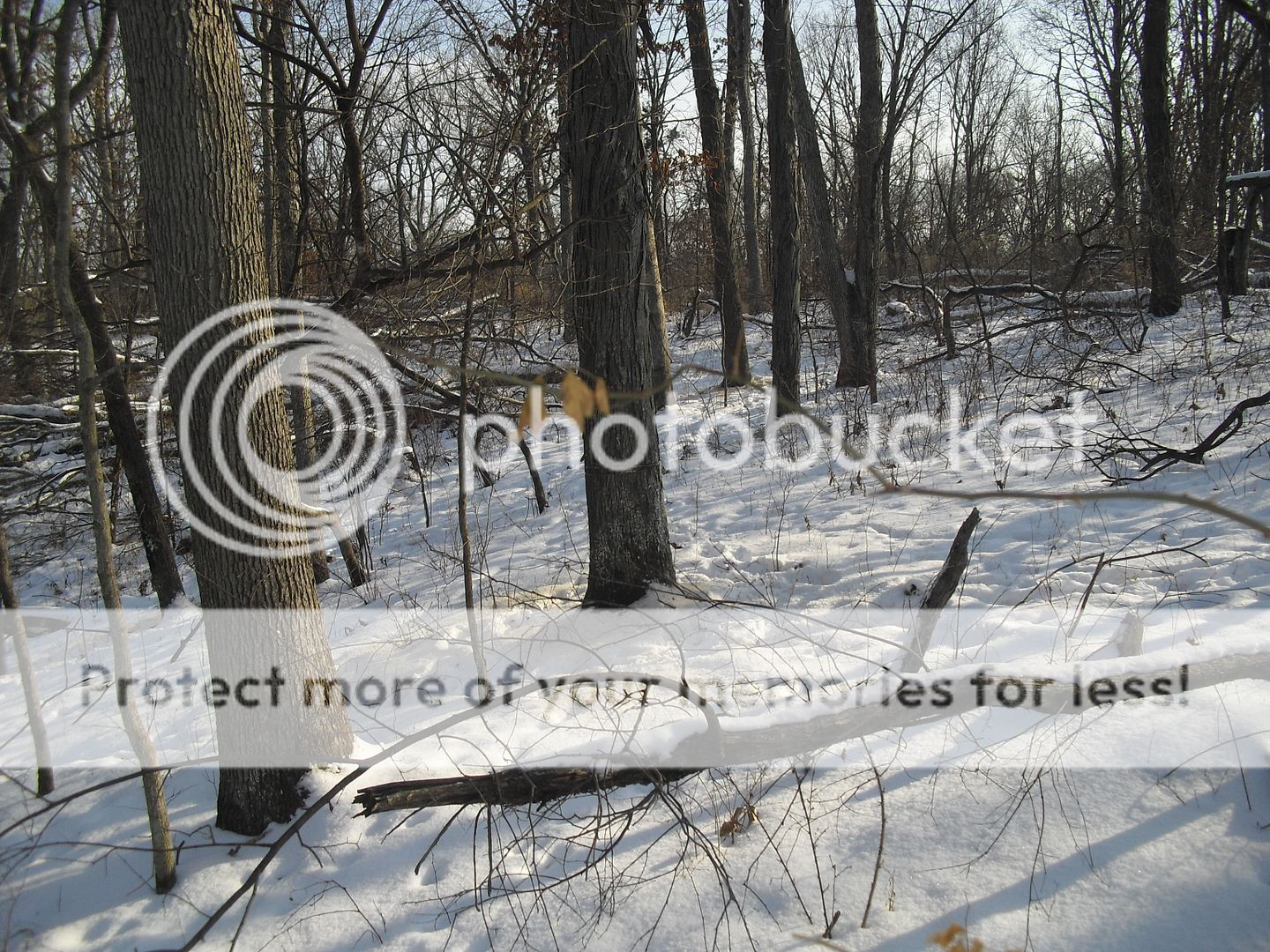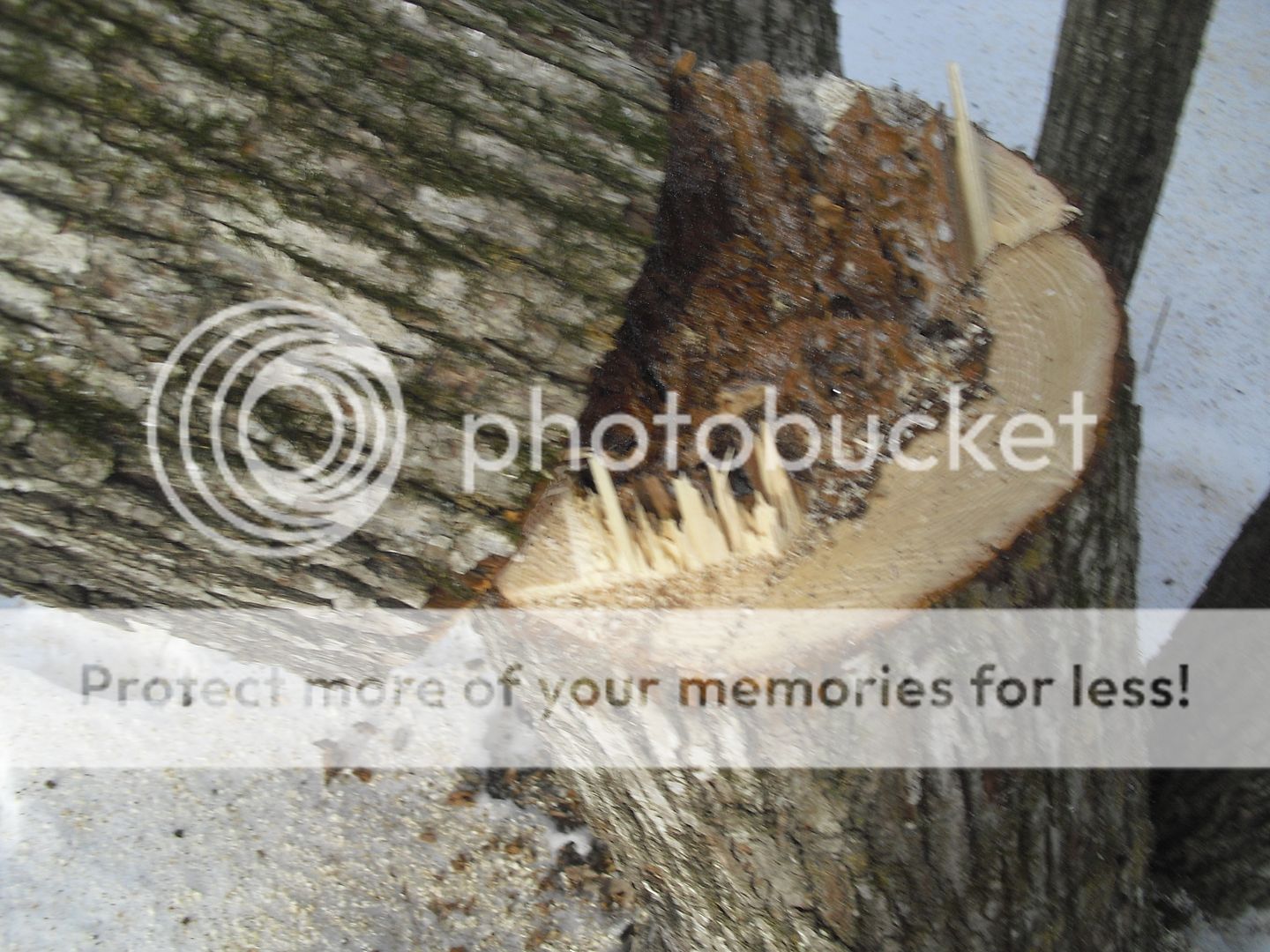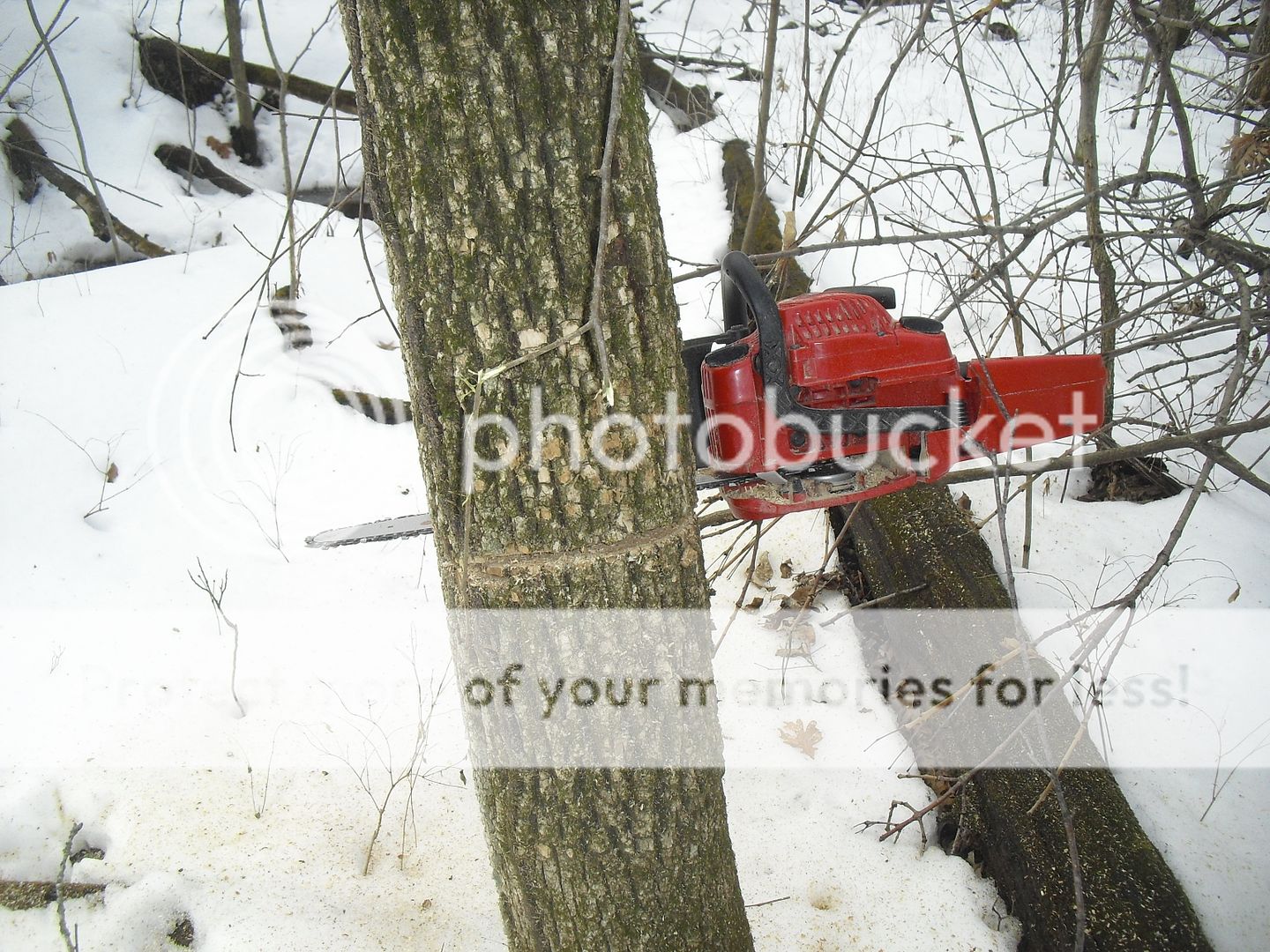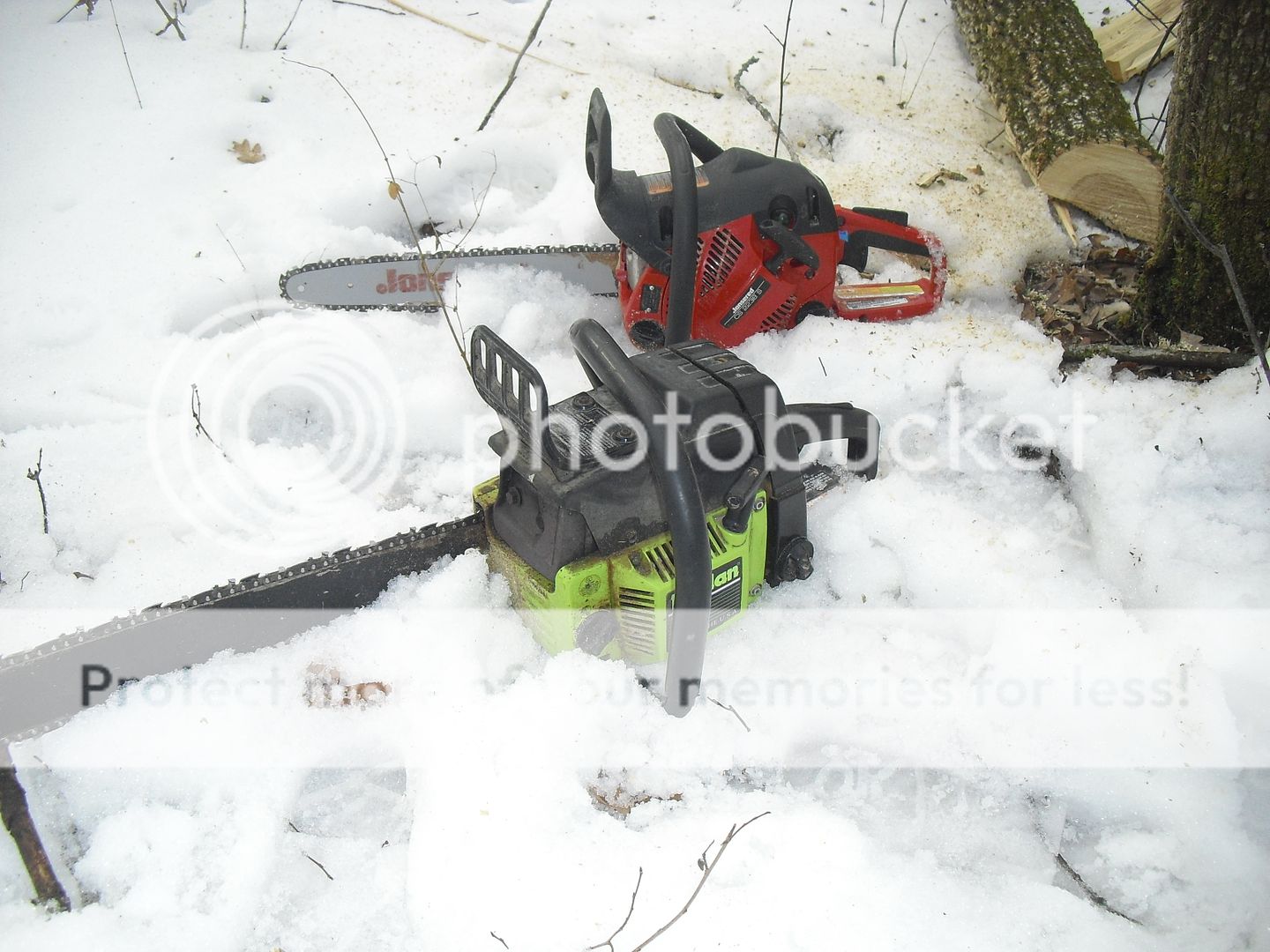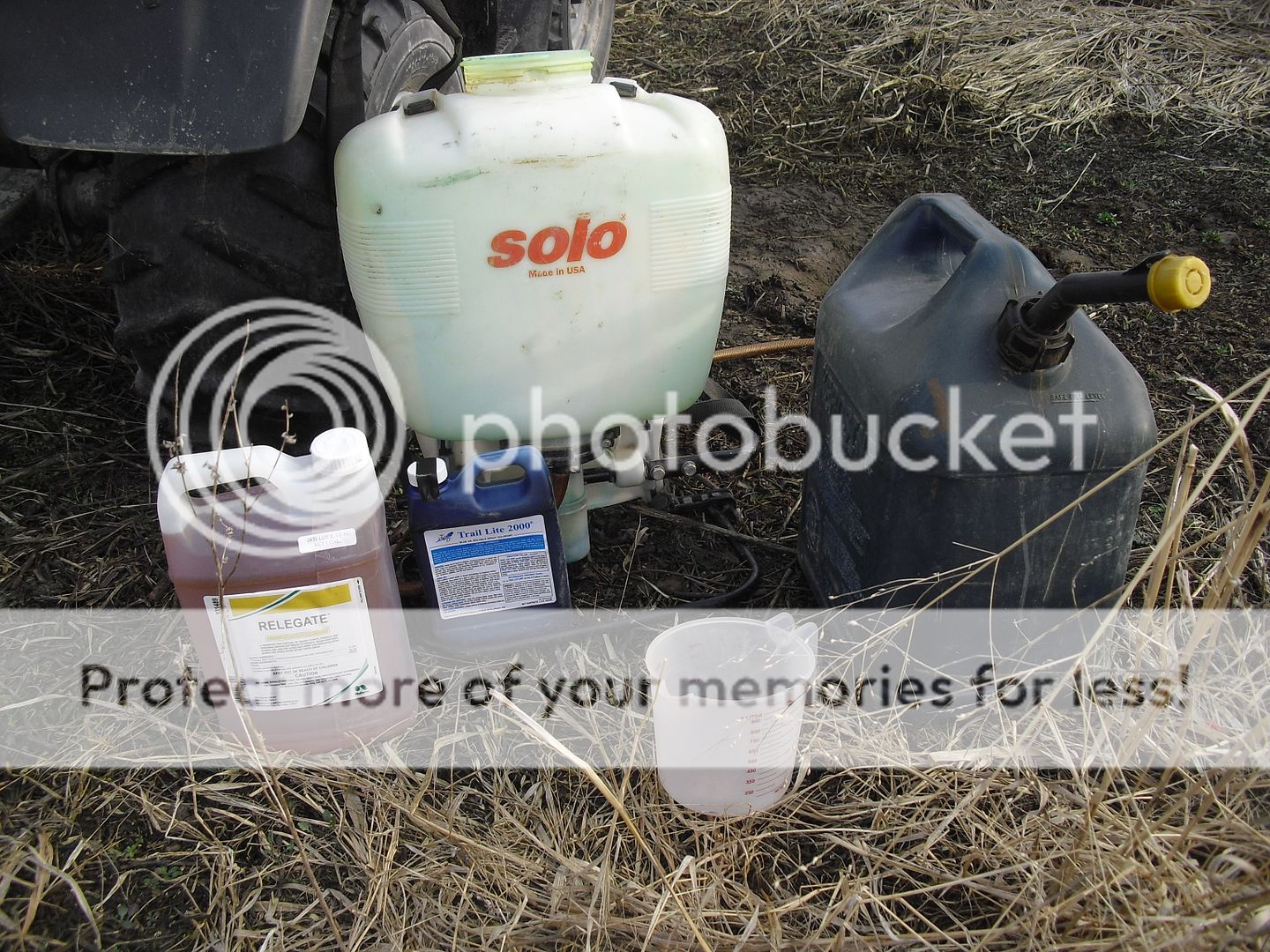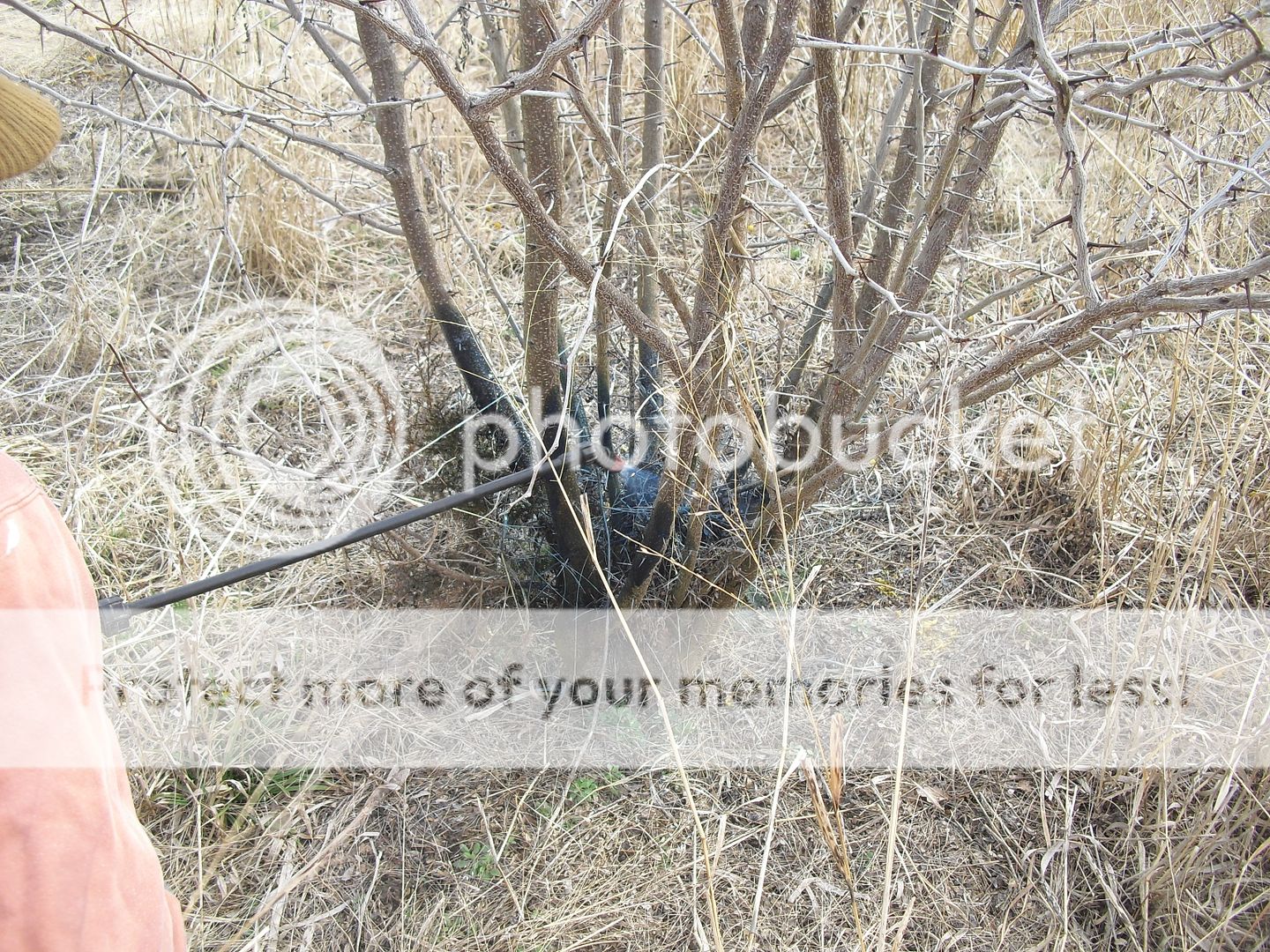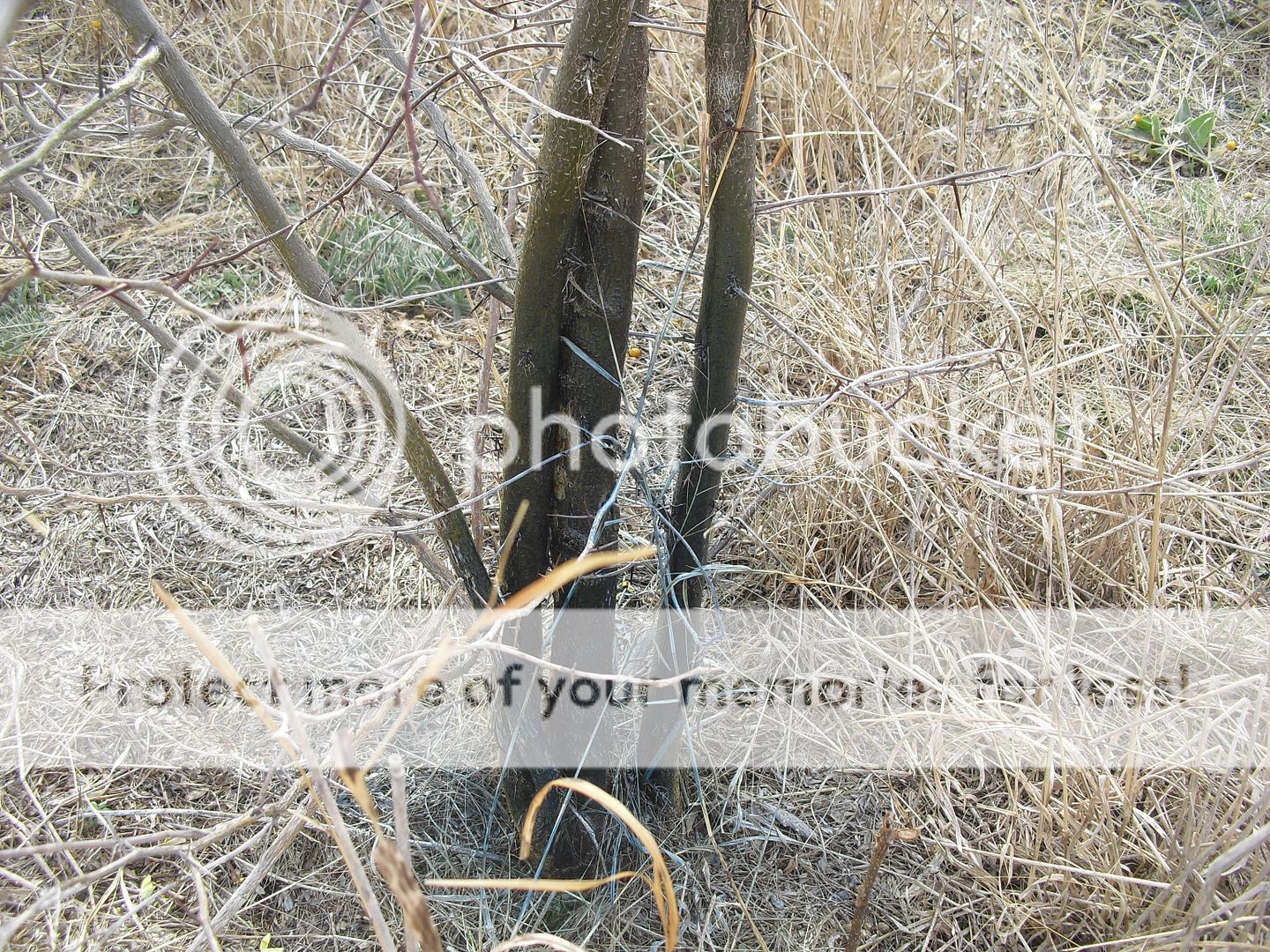Lost Arrow
Member
Note: I do not take credit for any of this information. Dbltree is the creator of these threads and I am simply putting them here to preserve them and share his knowledge. All information in these threads comes from Dbltree and Outreach Outdoors (http://www.outreachoutdoors.com/). All of this information comes from Dbltree's TSI thread at Outreach Outdoors. I have not made any changes to the information other than putting it in order into one thread.
Before looking over this thread...look first at various cost share options both state and federal, start with your NRCS office and local forester.
Cost Share
I'll try to put some of these in the appropriate threads but here are just a few cost share options to consider for various forest improvement practices. Be certain to read the EQIP practice link carefully and note that simple wording can double a payment per acre!!
Iowa only....REAP Practices must be approved by IDNR Forester and paid once inspected by the IDNR Forester and bill submitted.
TSI - Timber Stand Improvement 5 acre minimum - allowed $160 an acre X 75% =$120
Tree Planting - 3 acre minimum $600 allowed per acre X 75% = $450
Tree Planting/Weed Tree Removal - $160/$600 x 75% (weed tree removal may be less acres then total planted)
Federal Programs...these two have identical practices but EQIP practices allowed are different by county/state while WHIP is nationwide.
Environmental Quality Incentives Program (EQIP)
Wildlife Habitat Incentive Program (WHIP)
Check by State
The following is just a brief list of a few of the options available...check this link for the complete list and the payment rates.
2013 Iowa EQIP Practices and Payments
314 Brush Management (weed tree removal)
647 Early Successional Habitat Development/Management (Timber Edge Feathering)
490 Forest Site Preparation
666 Forest Stand Improvement (TSI or Weed Tree removal)
422 Hedgerow Planting
338 Prescribed Burning
391 Riparian Forest Buffer
612 Tree and Shrub Establishment
380 Windbreak or Shelterbelt Establishment
In all cases either the forester or NRCS Tech will need to inspect the finished practice before the operator/landowner can be paid. Usually a simple bill will suffice (10 acres TSI X $160 for example) but in some cases they will want an itemized (seedlings, herbicides, fuel, labor etc) that add up to the total cost share.
The federal programs are not cost share, just a payment per acre so slightly different then the state programs.
Talk with NRCS and your local forester/private land biologist for more details but even they get confused, so look over the links and be informed yourself!
I have a lengthy thread on IW: Timber Stand Improvement but I'll try and post some pics and info here as well.
Thinking about fertilizing your oaks? Read this first.... Increased acorn production
Exactly what is TSI:
Timber stand improvement, or TSI, is a term used to identify forest management practices which improve the vigor, stocking, composition, productivity, and quality of forest stands.
The improvement is accomplished by removing poor trees and allowing crop trees to fully use the growing space. The chief aim of TSI is continued production of more and better timber products. TSI practices can be used to convert assorted hardwood and pine stands into productive forests of desirable species. TSI can speed up the growth and improve the quality of the trees in your forest.
Different TSI practices may be needed at different times during the life of an established stand -- from the start of a new crop of trees until the final harvest. Here are some basic TSI practices:
Prescribed burning in pine stands to remove undesirable hardwoods, to prepare seedbeds, and to reduce the potential for wildfires.
Cull tree removal to make growing space available on areas occupied by deformed, defective, and undesirable trees. Some cull trees may be cut and sold; however, most must be killed with herbicides.
Thinning to relieve overcrowding and increase the growth rate of crop trees. Precommercial thinning in young, unmerchantable stands is a cost practice. Intermediate thinnings or improvement cuts in older stands produce some income for the landowner.
Sanitation cutting to remove trees that have been damaged by insects, diseases, wind or ice.
Release of young, vigorous crop trees for faster growth and better quality by removing overtopping and competing trees.
Here's a detailed list of what we try to remove or kill:
suppressed trees that will not live until the next thinning.
trees too crooked, forked, or limby to make a No. 2 sawlog.
trees with fire scars and injuries from insects, disease, wind, or ice.
trees on the wrong site (such as a water oak growing on a ridge).
trees that are mature and slow growing.
any tree that will not contribute to the net value of the stand before the next thinning.
wolf trees with large crowns that occupy too much growing space or shade out more desirable species.
You will want to leave these trees in your timber stand:
high quality trees.
fast growing trees.
some mast producing and den trees for wildlife.
trees located so that all available growing space is used efficiently
Here's a copy of one of my own plans written by my IDNR forester
Stand #1 is 28 acres: CTR
This stand, located in two separate blocks of timber, is a mix of mostly large pole to small saw log size mixed oak and hickory with some ash, cedar, and an occasional walnut.
The best quality oak, walnut, and cherry will be marked and released from competition by killing adjoining trees that are competing for sunlight.
The following are the prescribed treatments represented by each of the TSI codes found above:
CTR stands for Crop Tree Release, marking and inventory. A maximum of 50 crop trees per acre are selected and marked and inventoried. They will be marked with a band of tree marking paint at Dbh. The inventory will specify species, Dbh. By 2 inch diameter classes, summarized by stand number, and will give a summary of crop trees pre acre for each stand.
The following species will be selected as crop trees, with highest preference given to the trees listed first:
Black walnut (Juglan Nigra)
White oak (Quercus alba)
Red oak (Quercus Rubra)
Black oak (Quercus velutina)
Bur oak (Quercus macrocarpa)
Red elm (Ulmus rubra)
Black cherry (Prunus serotina)
Only trees that have the potential for becoming veneer or high quality sawlog trees may be selected as crop trees, unless crop trees are being selected for wildlife considerations.
Crop trees are relatively young, vigorously growing trees. Trees with good crown symmetry is preferred.
The maximum size of crop trees will seldom exceed 18 inches Dbh. The rule of thumb is not to treat a tree if it is with in 4 inches Dbh of its anticipated final harvest diameter.
In choosing crop trees, they will be selected by species in the order given on the list, if all else is equal. Larger trees will be selected over smaller, higher stem quality over lower,
higher crown class over lower.
Trees with symmetrical crowns will be chosen over trees with less symmetrical crowns. Consideration will be given to the maintenance of stand diversity and the protection of den trees, and Indiana Bat habitat.
Each crop tree will be released form sunlight competition. Free growing space will be provided on all four sides of the tree. Competing trees will be killed using the hack and squirt method, or chainsaw girdling, using a complete girdle in either case, with an approved herbicide applied to the girdle. Girdling can be done at any convenient height.
Smaller trees can be cut, with a herbicide applied to the cut surface.
Herbicides will not be used on any tree of the same species as crop trees in the area.
These trees will be killed using a double chainsaw girdle, or a 4 inch ax girdle.
Vines will be removed from all the black walnut (Juglans Nigra) crop trees, but should not be removed from other species unless they are obviously damaging the tree.
Pruning: Remove limbs using an approved saw, following guidelines from recent Iowa State University pruning publications. All walnut crop trees will be pruned.
Weed trees: The following species and sizes will be killed: Honey Locust
Fences: Crews will kill trees right up to your fences unless you specify otherwise on this plan. This may mean that killed trees will fall across your or your neighbor’s fences, and onto neighboring land.
Practice Life: If any cost-share payments are accepted, then you have a legal obligation
to maintain the practice for specified period of time. You will be asked to sign a legally binding maintenance agreement.
Herbicides: The label is the law. You must follow the label exactly. If any instructions in this plan are contrary to the label in your possession, then contact the DNR District Forester for consultation. Herbicides must be used in accordance with their label.
Threatened of Endangered Species: Your Forest is potential summer habitat for the Indiana Bat, an endangered species. Take action appropriate for their protection.
Before looking over this thread...look first at various cost share options both state and federal, start with your NRCS office and local forester.
Cost Share
I'll try to put some of these in the appropriate threads but here are just a few cost share options to consider for various forest improvement practices. Be certain to read the EQIP practice link carefully and note that simple wording can double a payment per acre!!
Iowa only....REAP Practices must be approved by IDNR Forester and paid once inspected by the IDNR Forester and bill submitted.
TSI - Timber Stand Improvement 5 acre minimum - allowed $160 an acre X 75% =$120
Tree Planting - 3 acre minimum $600 allowed per acre X 75% = $450
Tree Planting/Weed Tree Removal - $160/$600 x 75% (weed tree removal may be less acres then total planted)
Federal Programs...these two have identical practices but EQIP practices allowed are different by county/state while WHIP is nationwide.
Environmental Quality Incentives Program (EQIP)
Wildlife Habitat Incentive Program (WHIP)
Check by State
The following is just a brief list of a few of the options available...check this link for the complete list and the payment rates.
2013 Iowa EQIP Practices and Payments
314 Brush Management (weed tree removal)
647 Early Successional Habitat Development/Management (Timber Edge Feathering)
490 Forest Site Preparation
666 Forest Stand Improvement (TSI or Weed Tree removal)
422 Hedgerow Planting
338 Prescribed Burning
391 Riparian Forest Buffer
612 Tree and Shrub Establishment
380 Windbreak or Shelterbelt Establishment
In all cases either the forester or NRCS Tech will need to inspect the finished practice before the operator/landowner can be paid. Usually a simple bill will suffice (10 acres TSI X $160 for example) but in some cases they will want an itemized (seedlings, herbicides, fuel, labor etc) that add up to the total cost share.
The federal programs are not cost share, just a payment per acre so slightly different then the state programs.
Talk with NRCS and your local forester/private land biologist for more details but even they get confused, so look over the links and be informed yourself!
I have a lengthy thread on IW: Timber Stand Improvement but I'll try and post some pics and info here as well.
Thinking about fertilizing your oaks? Read this first.... Increased acorn production
Exactly what is TSI:
Timber stand improvement, or TSI, is a term used to identify forest management practices which improve the vigor, stocking, composition, productivity, and quality of forest stands.
The improvement is accomplished by removing poor trees and allowing crop trees to fully use the growing space. The chief aim of TSI is continued production of more and better timber products. TSI practices can be used to convert assorted hardwood and pine stands into productive forests of desirable species. TSI can speed up the growth and improve the quality of the trees in your forest.
Different TSI practices may be needed at different times during the life of an established stand -- from the start of a new crop of trees until the final harvest. Here are some basic TSI practices:
Prescribed burning in pine stands to remove undesirable hardwoods, to prepare seedbeds, and to reduce the potential for wildfires.
Cull tree removal to make growing space available on areas occupied by deformed, defective, and undesirable trees. Some cull trees may be cut and sold; however, most must be killed with herbicides.
Thinning to relieve overcrowding and increase the growth rate of crop trees. Precommercial thinning in young, unmerchantable stands is a cost practice. Intermediate thinnings or improvement cuts in older stands produce some income for the landowner.
Sanitation cutting to remove trees that have been damaged by insects, diseases, wind or ice.
Release of young, vigorous crop trees for faster growth and better quality by removing overtopping and competing trees.
Here's a detailed list of what we try to remove or kill:
suppressed trees that will not live until the next thinning.
trees too crooked, forked, or limby to make a No. 2 sawlog.
trees with fire scars and injuries from insects, disease, wind, or ice.
trees on the wrong site (such as a water oak growing on a ridge).
trees that are mature and slow growing.
any tree that will not contribute to the net value of the stand before the next thinning.
wolf trees with large crowns that occupy too much growing space or shade out more desirable species.
You will want to leave these trees in your timber stand:
high quality trees.
fast growing trees.
some mast producing and den trees for wildlife.
trees located so that all available growing space is used efficiently
Here's a copy of one of my own plans written by my IDNR forester
Stand #1 is 28 acres: CTR
This stand, located in two separate blocks of timber, is a mix of mostly large pole to small saw log size mixed oak and hickory with some ash, cedar, and an occasional walnut.
The best quality oak, walnut, and cherry will be marked and released from competition by killing adjoining trees that are competing for sunlight.
The following are the prescribed treatments represented by each of the TSI codes found above:
CTR stands for Crop Tree Release, marking and inventory. A maximum of 50 crop trees per acre are selected and marked and inventoried. They will be marked with a band of tree marking paint at Dbh. The inventory will specify species, Dbh. By 2 inch diameter classes, summarized by stand number, and will give a summary of crop trees pre acre for each stand.
The following species will be selected as crop trees, with highest preference given to the trees listed first:
Black walnut (Juglan Nigra)
White oak (Quercus alba)
Red oak (Quercus Rubra)
Black oak (Quercus velutina)
Bur oak (Quercus macrocarpa)
Red elm (Ulmus rubra)
Black cherry (Prunus serotina)
Only trees that have the potential for becoming veneer or high quality sawlog trees may be selected as crop trees, unless crop trees are being selected for wildlife considerations.
Crop trees are relatively young, vigorously growing trees. Trees with good crown symmetry is preferred.
The maximum size of crop trees will seldom exceed 18 inches Dbh. The rule of thumb is not to treat a tree if it is with in 4 inches Dbh of its anticipated final harvest diameter.
In choosing crop trees, they will be selected by species in the order given on the list, if all else is equal. Larger trees will be selected over smaller, higher stem quality over lower,
higher crown class over lower.
Trees with symmetrical crowns will be chosen over trees with less symmetrical crowns. Consideration will be given to the maintenance of stand diversity and the protection of den trees, and Indiana Bat habitat.
Each crop tree will be released form sunlight competition. Free growing space will be provided on all four sides of the tree. Competing trees will be killed using the hack and squirt method, or chainsaw girdling, using a complete girdle in either case, with an approved herbicide applied to the girdle. Girdling can be done at any convenient height.
Smaller trees can be cut, with a herbicide applied to the cut surface.
Herbicides will not be used on any tree of the same species as crop trees in the area.
These trees will be killed using a double chainsaw girdle, or a 4 inch ax girdle.
Vines will be removed from all the black walnut (Juglans Nigra) crop trees, but should not be removed from other species unless they are obviously damaging the tree.
Pruning: Remove limbs using an approved saw, following guidelines from recent Iowa State University pruning publications. All walnut crop trees will be pruned.
Weed trees: The following species and sizes will be killed: Honey Locust
Fences: Crews will kill trees right up to your fences unless you specify otherwise on this plan. This may mean that killed trees will fall across your or your neighbor’s fences, and onto neighboring land.
Practice Life: If any cost-share payments are accepted, then you have a legal obligation
to maintain the practice for specified period of time. You will be asked to sign a legally binding maintenance agreement.
Herbicides: The label is the law. You must follow the label exactly. If any instructions in this plan are contrary to the label in your possession, then contact the DNR District Forester for consultation. Herbicides must be used in accordance with their label.
Threatened of Endangered Species: Your Forest is potential summer habitat for the Indiana Bat, an endangered species. Take action appropriate for their protection.





